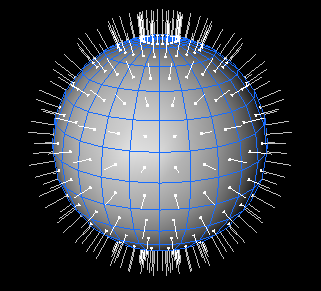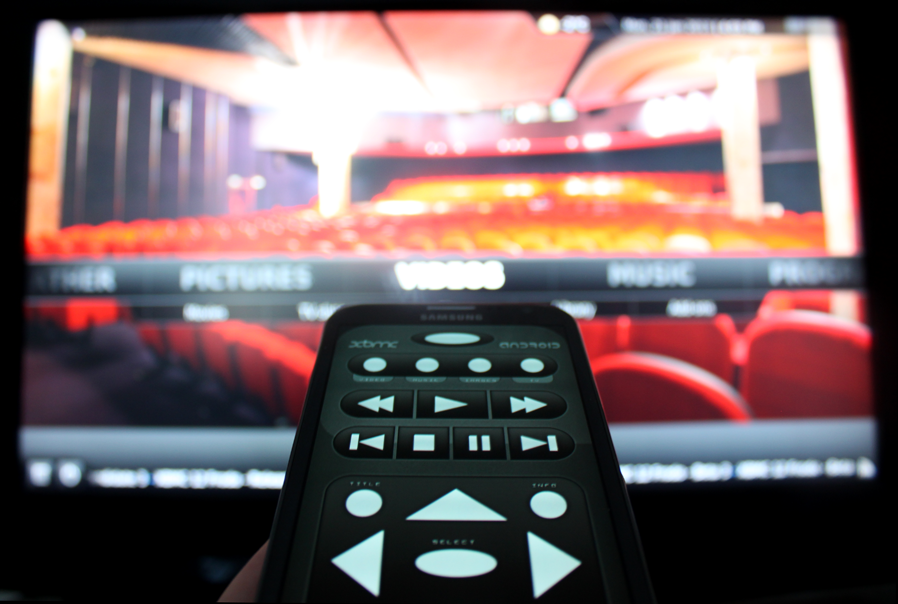I was just messing around with shaders in Unity while working on a game. I’ve never really tried making a shader before because I feel the math is intimidating, but it is actually pretty simple once you get into it. I’ve always liked the fresnel effect; it looks cool for microbiological illustrations and it’s nice for highlighting stuff.
The way it works is that you take the dot product of the direction vector of the camera and the normal of the current pixel being rendered on the model(See picture below). The dot product will go from 1 to 0(assuming that we’re dealing with unit vectors(we are)) the closer these vectors are to being perpendicular and the closer these vectors are to being perpendicular the closer the pixel is to the edge of the model being rendered in relation to the camera. You then take the inverse of the dot product, i.e. 1 – (cameraDirection · normal), and you multiply it with the color you want. The color then gets more intense the closer you get to the edge of the model, as you can see in the picture above. If you add a bump map to this, the surface normals get distorted and the fresnel effect distorts with it, which looks really cool as you can see in the bottom two spheres on the right, in the picture above.
Anyway, feel free to use it in your own projects as much as you want, link in the comments if you wanna show off something you’ve made with it. Here’s the source:
Shader "Custom/FresnelShader" {
Properties {
_Shininess ("Shininess", Range (0.01, 3)) = 1
_MyColor ("Shine Color", Color) = (1,1,1,1)
_MainTex ("Base (RGB)", 2D) = "white" {}
_Bump ("Bump", 2D) = "bump" {}
}
SubShader {
Tags { "RenderType"="Opaque" }
LOD 200
CGPROGRAM
#pragma surface surf Lambert
sampler2D _MainTex;
sampler2D _Bump;
float _Shininess;
fixed4 _MyColor;
struct Input {
float2 uv_MainTex;
float2 uv_Bump;
float3 viewDir;
};
void surf (Input IN, inout SurfaceOutput o) {
half4 c = tex2D (_MainTex, IN.uv_MainTex);
o.Normal = UnpackNormal(tex2D(_Bump, IN.uv_Bump));
half factor = dot(normalize(IN.viewDir),o.Normal);
o.Albedo = c.rgb+_MyColor*(_Shininess-factor*_Shininess);
o.Emission.rgb = _MyColor*(_Shininess-factor*_Shininess);
o.Alpha = c.a;
}
ENDCG
}
FallBack "Diffuse"
}



